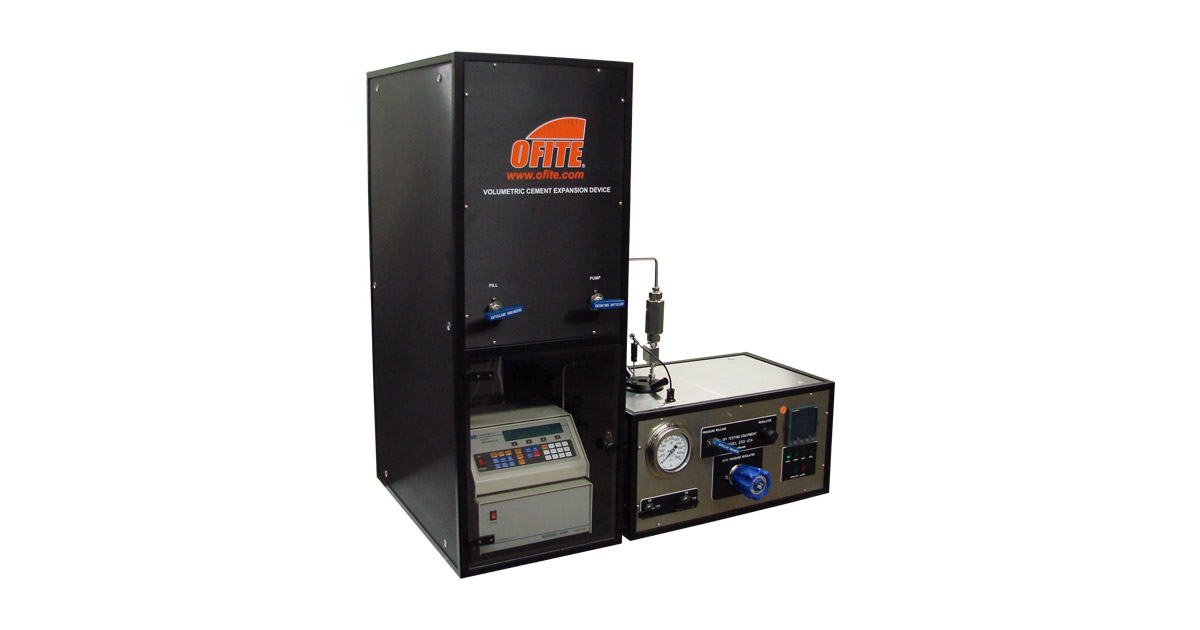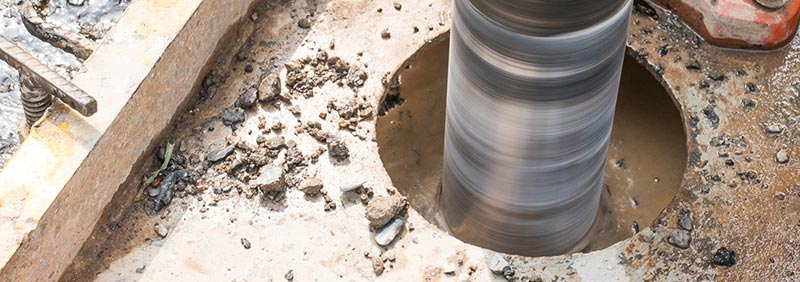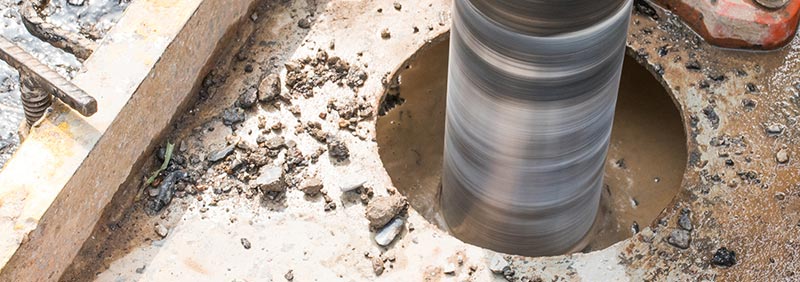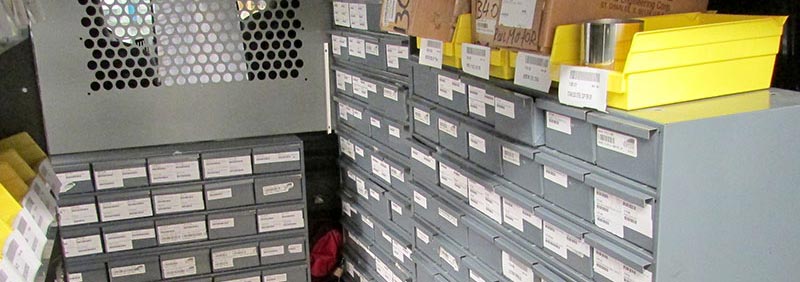Newsroom
Volumetric Cement Expansion
When wet cement begins to set, the crystals that form the set cement matrix take up less volume than the initial reactants that make up the base cement blend mixture. As a result of the chemical reaction, the cement undergoes a net reduction in volume. This phenomenon is called bulk shrinkage. When the cement is in contact with water during the setting process, cement hydration consumes the water as a part of the chemical reaction. The influx of water, chemical shrinkage, into the cement matrix offsets the bulk shrinkage. The result is hardened cement that experiences significantly less volumetric shrinkage.
For cement that is placed in an oil well, the phenomenon of shrinkage is problematic. Volumetric shrinkage causes the cement to pull away from both the formation and the steel casing. The result is a loss of zonal isolation, which is one of the most basic functions of oil well cement. To overcome situations where shrinkage is a potential issue, cement service companies add certain additives to promote expansion of the set cement. The expansion of the cement promotes bond integrity between the cement and the formation and maintains zonal isolation throughout the life of the well.
To measure the tendency of cement to expand or contract, cement laboratories use instruments designed to measure volumetric cement expansion. As designed, the units are able to measure the volumetric expansion and shrinkage of cement either in contact with water or isolated from water. As a result, the service companies can calculate the appropriate amount of bulk shrinkage or chemical shrinkage experienced by the cement during hydration.













